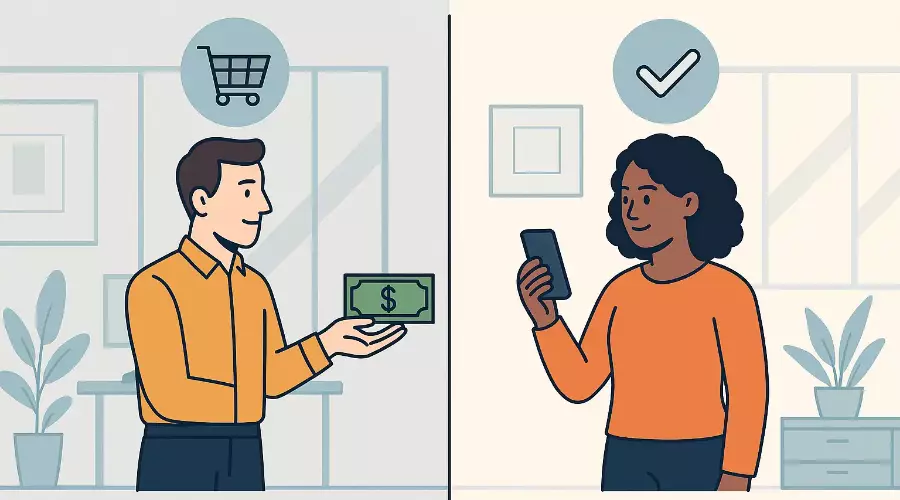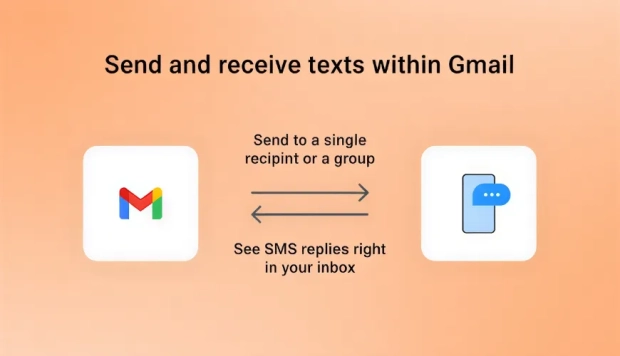Difference Between Customer and Consumer

Terms like "customer" and "consumer" are often used interchangeably. Many organizations, especially those in early stages or with lean teams, might not even pause to consider the distinction. However, understanding the subtle yet impactful differences between these two concepts is vital not only for effective marketing strategies but also for long-term business growth, customer satisfaction, and brand loyalty.
This article will take you on an in-depth exploration of the difference between customer and consumer, why this distinction matters, real-world examples, and how businesses can leverage this understanding to enhance both their marketing strategies and customer experiences.
What Is a Customer?
In the simplest terms, a customer is the party who purchases goods or services from a business. They are the buyer, the one making the transaction and parting with their money in exchange for something of perceived value.
Customers can be individuals or businesses themselves. For instance, if a company buys software licenses for its employees, the organization itself is the customer, even though the individual employees may end up using the product.
Key characteristics of a customer:
- They engage in the act of purchasing.
- They might not necessarily use the product or service themselves.
- The relationship is typically transactional.
- Businesses often focus their sales and promotional strategies on attracting and retaining customers.
Example:
A father buys a bicycle for his daughter. The father is the customer because he is the one making the purchase.
What Is a Consumer?
A consumer is the end user of the product or service. This is the person or entity who actually uses, experiences, and consumes what has been purchased, regardless of whether they paid for it.
Key characteristics of a consumer:
- They use or consume the product or service.
- They may not have been involved in the purchasing decision.
- Their experience and satisfaction often influence repeat purchases and loyalty, even if they aren't the direct buyer.
- Marketing efforts often focus on product features, benefits, and satisfaction for consumers.
Example:
The daughter who rides the bicycle is the consumer, as she is the one actually using the product, even though she didn't buy it herself.
Key Differences Between Customer and Consumer
While the two roles can overlap (and often do), recognizing when they differ is crucial. Here's a structured comparison:
| Aspect | Customer | Consumer |
|---|---|---|
| Role in transaction | Purchases the product or service | Uses or consumes the product or service |
| Involvement | May or may not use the product/service | Always involved in using the product/service |
| Payment | Pays for the product or service | May or may not pay |
| Relationship type | Transactional | Experiential |
| Focus of engagement | Pricing, promotions, purchase experience | Product experience, satisfaction, usability |
When Customer and Consumer Are the Same
In many straightforward transactions, the customer and consumer are the same person. For example, when you buy and drink a coffee from your favorite café, you are both the customer (you paid for it) and the consumer (you drank it).
This overlap simplifies marketing, customer service, and retention strategies because the business is dealing with the same party in both roles.
When Customer and Consumer Are Different — And Why It Matters
In many industries, especially B2B, healthcare, education, and consumer goods, the distinction becomes much more important. It also introduces complexity in communication and service, which tools like a business phone system can help manage efficiently:
-
B2B Example:
- A company purchases laptops for its staff.
- The procurement manager is the customer.
- The employees are the consumers.
- Why it matters: Sales teams must address the cost, warranties, and features that satisfy the purchasing manager, while product teams need to ensure the devices are user-friendly and efficient for the employees.
-
Healthcare Example:
- An insurance company (customer) buys health services from a provider.
- The insured patient (consumer) receives and uses the healthcare services.
- Why it matters: Billing and contracts must appeal to the insurer, while patient satisfaction, care quality, and outcomes must focus on the end-user — the patient.
-
Retail Example:
- A parent (customer) buys school supplies for their child.
- The child (consumer) uses the supplies in school.
- Why it matters: Marketing must appeal to both the buyer's desire for affordability and quality and the child's need for functionality and appeal.
Implications for Marketing Strategy
Failing to recognize the difference between customers and consumers can result in ineffective marketing campaigns, poor product adoption, and missed opportunities for loyalty building.
Marketing to Customers
- Focus on purchasing incentives, discounts, loyalty programs.
- Emphasize cost-effectiveness, warranties, and support.
- Use messaging that appeals to rational decision-making, ROI, and budgets.
Marketing to Consumers
- Focus on usability, features, and satisfaction.
- Highlight the benefits, experience, and how the product fits into their daily lives.
- Use messaging that appeals to emotions, personal identity, and problem-solving.
Dual-Focus Marketing
In many cases, businesses need to develop dual-pronged marketing strategies. For example:
- Toy brands advertise to children (consumers) through vibrant, engaging content and to parents (customers) via value propositions, safety assurances, and educational benefits.
Implications for Customer Service
Customer service departments must also navigate the complexity of dealing with customers and consumers:
- Customers might reach out about payment, shipping, or warranty issues.
- Consumers might need help with installation, troubleshooting, or feature usage.
Best practice: Build service frameworks that recognize these roles separately, offering distinct support channels and resources.
Product Development and Feedback Loops
Consumers provide essential feedback that can make or break product success. However, businesses must also recognize the purchasing behavior and decision drivers of customers:
- Consumer feedback informs product usability, features, and satisfaction improvements.
- Customer feedback reveals insights about the buying process, obstacles, and perceived value.
Ignoring either can create blind spots that reduce competitiveness.
The Legal and Ethical Dimensions
There are also important legal considerations, particularly regarding consumer rights. Governments often have specific laws protecting consumers, which businesses must comply with regardless of who made the purchase:
- Product liability: Even if the purchaser is a company, the safety and satisfaction of the consumer are paramount.
- Data privacy: The end-users' data must be handled according to consumer data protection regulations, even if the purchasing entity is a different party.
The Psychological Difference: Mindsets of Customers and Consumers
Understanding the psychology behind the roles is critical:
- Customers think in terms of budgets, value, efficiency, and utility.
- Consumers think in terms of experience, satisfaction, emotions, and personal needs.
These different mindsets should inform everything from product packaging to advertising copy and post-purchase engagement.
Why Every Business Must Master This Distinction
In today's customer-centric economy, businesses must not only deliver on transactions but also create meaningful, engaging, and satisfying user experiences. Recognizing and respecting the difference between customers and consumers enables companies to:
- Craft more targeted marketing and sales strategies.
- Build loyalty among both groups.
- Enhance product design and services based on nuanced feedback.
- Avoid costly mistakes in positioning, messaging, and support.
Companies that master this distinction stand out as customer-experience leaders, ensuring that both the buyer and the user feel seen, heard, and valued — creating the foundation for sustainable, profitable growth.



